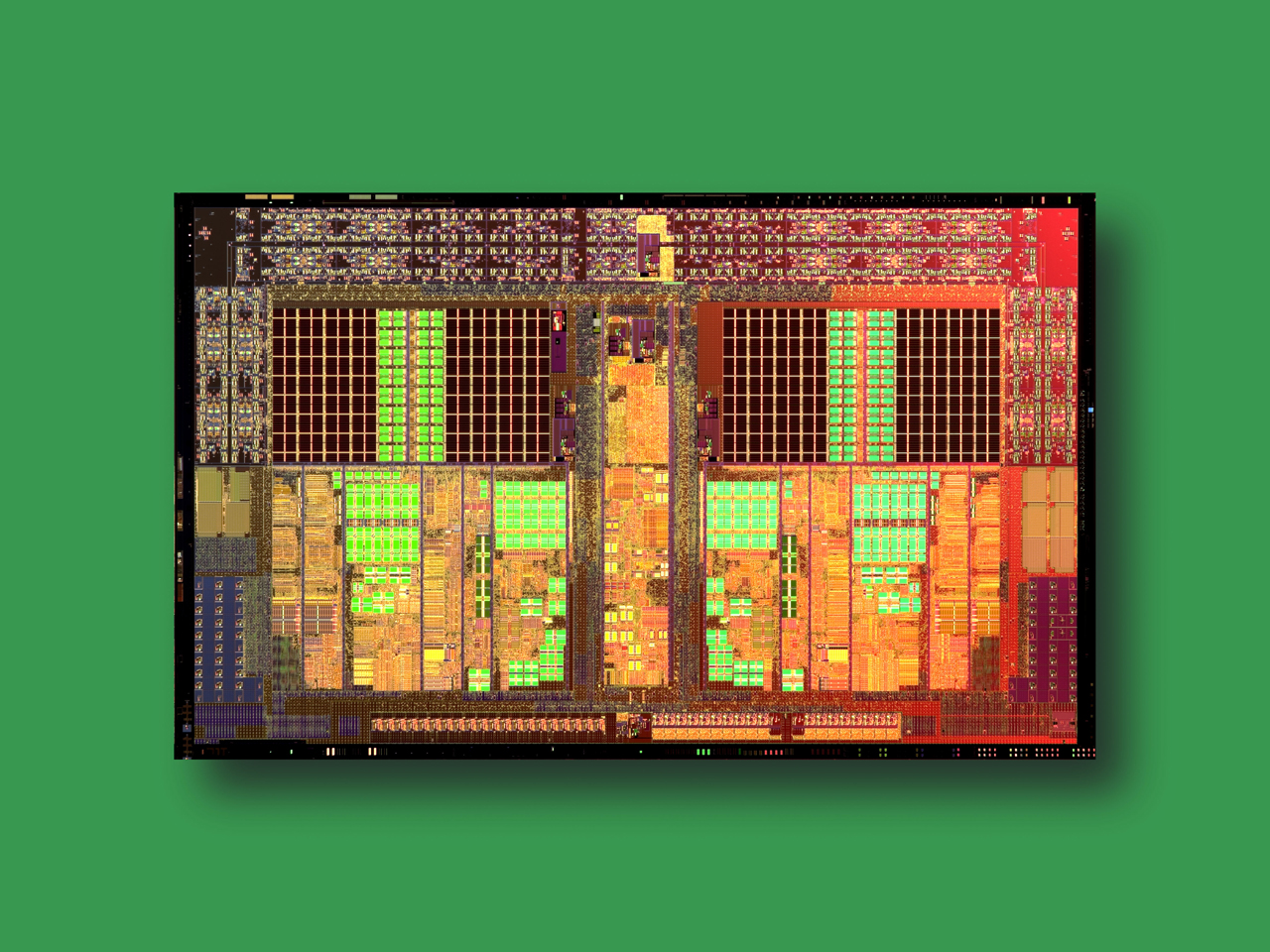AMD Athlon II X2 / Phenom II X2 And Low-Power CPU Bonanza
Introduction
When it rains, it pours, right? Computex is now in full swing, and every company with something substantial to announce is going to do it in Taipei, in front of as many people as possible. AMD just so happens to have a lot to talk about this year.
The company is launching four different desktop processors (in addition to its server news). They’re all fairly well focused on areas where AMD has excelled lately: value-based performance and low-power.
Two CPUs are 65 W versions of hardware AMD is already shipping. The Phenom II X3 705e and Phenom II X4 905e both run at 2.5 GHz and offer substantial power savings versus the other 95 W X3s and 125 W X4s currently available. We dropped these into our Maui-based HTPC for a little high-performance home theater action.
The third new CPU is an inevitable adaptation of AMD’s quad-core Deneb design, which has already lost one execution core to become Heka, and now loses a second core to become Callisto. Fittingly, the resulting product is referred to as Phenom II X2.
Fourth on the menu is a new architecture that begins its life as a native dual-core processor. Dubbed Athlon II X2 (internally named Regor), this one boasts a larger L2 (1 MB per core), but gives up the L3 entirely. We’ll look at how this affects performance in our benchmarks, of course.
Looking Into The Crystal Ball
As if AMD’s portfolio weren’t already looking like a shotgun blast of Athlons, Phenoms, Xs, Roman numerals, and model numbers, we’ve seen roadmaps that indicate AMD will launch two more core designs next month: Rana and Propus. Rana will become the Athlon II X3 400-series (triple-core, 1.5 MB total L2 cache, up to 2.9 GHz), while Propus is expected to emerge as the Athlon II X4 600-series (quad-core 2 MB total L2 cache, up to 2.8 GHz).
Get Tom's Hardware's best news and in-depth reviews, straight to your inbox.
That’s next month, though. Today our focus is on AMD’s four latest processors and how they compare to Intel’s latest value chip, the Pentium E6300—the only Pentium dual-core to run on a 1,066 MT/s front side bus—and its Core 2 Quad Q8400. At $175, the Q8400 is priced in between the two low-power Phenom IIs, though it uses quite a bit more power. Consider the performance numbers comparable to Intel's $245 Core 2 Quad Q8400S, though.
Current page: Introduction
Next Page Dual-Core Alphabet Soup: Athlon, Phenom—Both X2s

